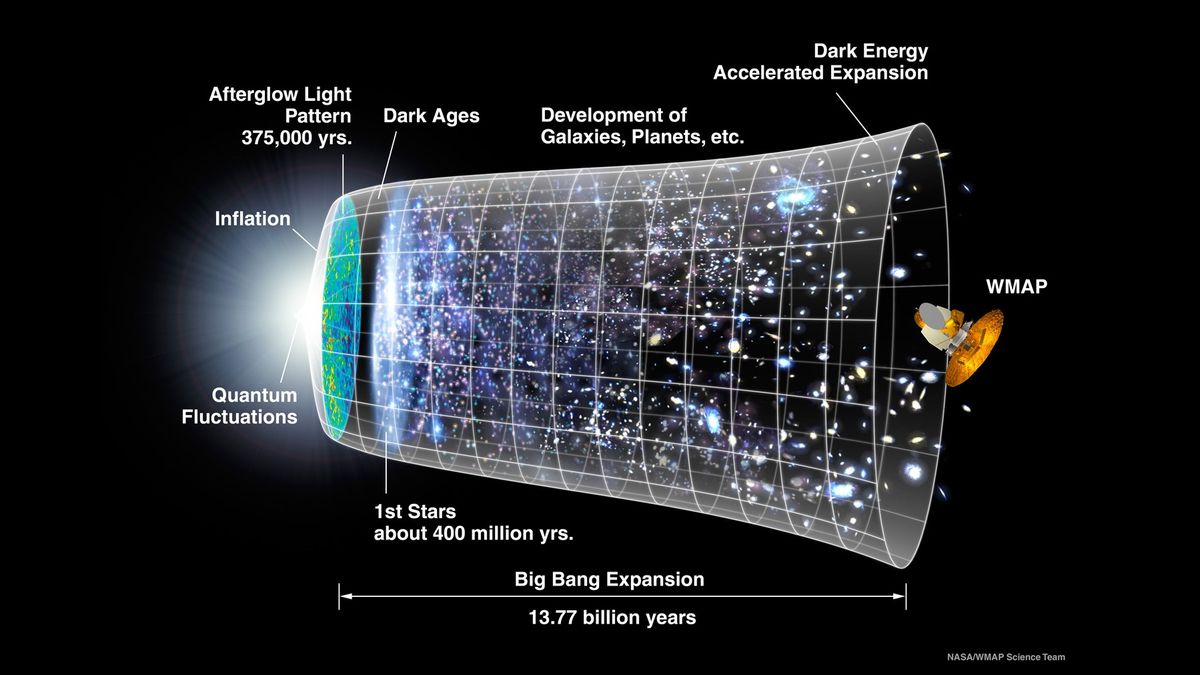The space telescope James Webb (JWST) has made yet another major discovery that heightens concerns that something is wrong with its model of the universe.
Depending on where in the universe astronomers take measurements from, the universe appears to be expanding at different rates — a problem scientists call “Hubble’s law”.
Measurements from the distant, early universe show that the expansion rate, known as the Hubble constant, matches the best current model of the universe, while measurements closer to Earth challenge it.
Now, a new study using the gravitationally distorted light of a supernova located 10.2 billion light-years away has revealed that the mystery may remain.
The researchers published their findings in a series of articles in The Astrophysical Journal. Hubble intensity calculations have also been accepted for publication and published in the preprint database arXiv.
“Our team’s results are important: The value of the Hubble constant matches other measurements in the local universe, but shows differences compared to values obtained when the universe was younger”said Brenda Fryeassociate professor of astronomy at the University of Arizona.
The two methods for measuring the Hubble constant
Currently, there are two gold standards for calculating the Hubble constant. The first method involves analyzing microscopic fluctuations in the cosmic microwave background radiation, an ancient relic of the universe’s first light, produced just 380,000 years after the Big Bang.
This method allows astronomers to infer an expansion rate of about 67 kilometers per second per megaparsec (km/s/Mpc), a value that matches the predictions of the current cosmological model.
The second method, however, based on measurements from stars Cepheidreturns a higher value — 73.2 km/s/Mpc — which challenges the model’s predictions. Although the difference seems small, it is enough to contradict our understanding of cosmology as we know it.
The new discovery
In the new studies, the astronomers turned the camera around infrared radiation of James Webb (NIRCam) in the galaxy cluster PLCK G165.7+67.0also known as G16located 3.6 billion light years from Earth.
There, they spotted three distinct points of light coming from a Type IA supernova, whose light was gravitationally magnified and distorted by a galaxy in front of it.
Type IA supernovae occur when material from a star falls into a white dwarf, leading to a massive thermonuclear explosion. These bursts are assumed to always occur at the same brightness, making them “standard candles” to calculate distances in the universe and the Hubble constant.
By studying the time delays between the points and combining them with the distance of the supernova, the researchers calculated a Hubble constant value of 75.4 km/s/Mpc, plus/minus 8.1 and 5.5 respectively. This value again contradicts the standard cosmological model.
Although this measurement is not expected to be the final word on the question of constant Hubbleresearchers continue to collect important evidence from other exploding stars.

source: FOXreport.gr
Source: www.enikos.gr


